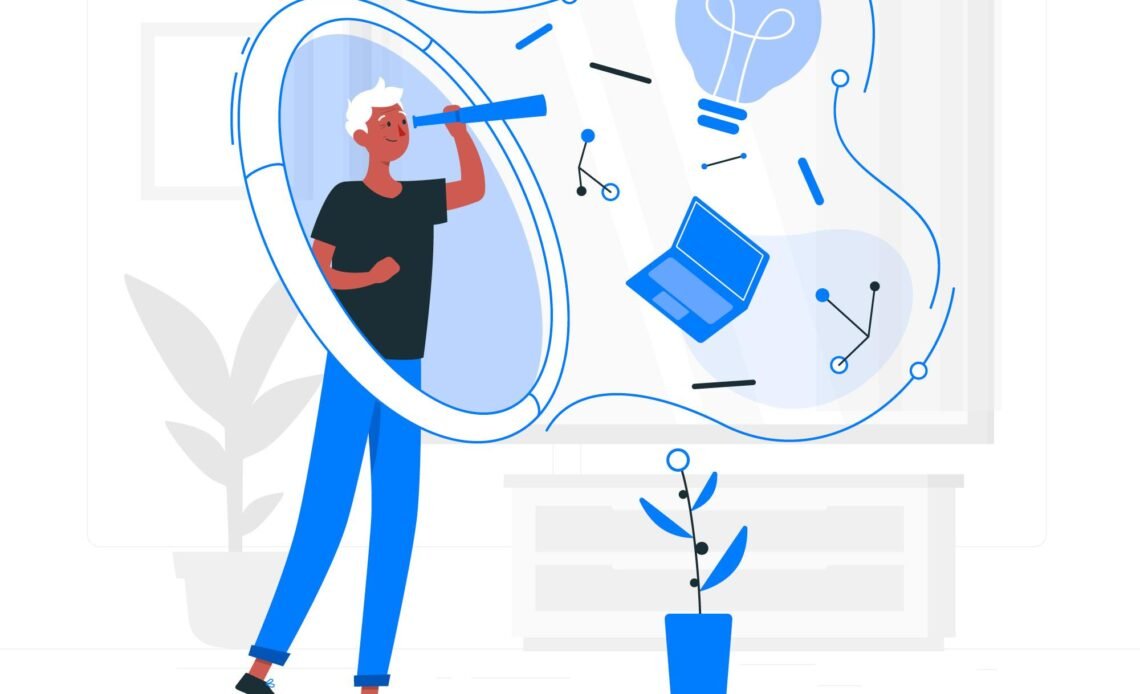
First published in The Hindu,
3 June 2023
Our educational system elevates verbal and logico-mathematical intelligences. Yet, many disciplines involve a high-degree of visual-spatial skills. While art, architecture, design, fashion and filmmaking are obvious examples, the sciences, literature and mathematics also entail visual thinking. What are the different dimensions of visual intelligence and what can educators do to promote them?
According to psychologist, Howard Gardner, spatial intelligence is comprised of a set of three capacities– to be able to “perceive the visual world accurately,” to enact “transformations and modifications” on our perceptions and finally, to “re-create aspects of one’s visual experience,” after the visual stimuli have been removed.
Gardner’s first capacity of viewing the world accurately may seem like a no-brainer, but seeing involves far more than looking. In her bestselling book, Visual Intelligence, lawyer and art historian, Amy Herman writes that her art training became very handy to her law practice, where keen observational skills can spell the difference between a person being acquitted or found guilty. Herman’s conviction that people’s visual perception can be honed led her to start a course and her clients include the FBI, Scotland Yard, Federal Reserve, US armed forces, CEOs, hospitals, banks and churches.
By training people to observe art as objectively as possible, without making assumptions, Herman helps them make more accurate and astute observations. Her goal is for clients to transfer their finer-tuned and more nuanced observational skills to other arenas as doctors, detectives, teachers and therapists all benefit from sharp observational skills.
In Studio Thinking 2, Los Hetland, Ellen Winner, Shirley Veenema, and Kimberly Sheridan, emphasize that education in the arts not only imparts art knowledge and techniques but also inculcates “serious thinking dispositions.” As students observe, envision, reflect, express, explore, engage, and persist in their art projects, they cultivate “habits of mind” that can be deployed in other areas. For example, envisioning involves creating a mental picture of something that is not in your field of view and imagining “possible next steps” to implement it. This skill is deployed in any type of goal-setting and planning. Likewise, when
students reflect on their artworks, they think about how different facets of the process and the product may be enhanced. Again, this is an invaluable skill in diverse contexts.
Acclaimed author and professor, Temple Grandin, who has autism, writes in The New York Times that schools pay short shrift to visual thinkers. When Grandin was younger, she believed that other people also thought like her, in “photo-realistic pictures.” As she grew older, she realized that many people are verbal thinkers and teaching practices favour them. According to Grandin, visual thinkers love tinkering, experimenting and working with their hands. To tap the potential of neurodivergent populations, Grandin believes that schools should also teach “art, music, sewing, woodworking, cooking, theatre, auto mechanics and welding.”
In his book A Pedagogue’s Romance, educationist, Krishna Kumar exhorts schools to make crafts an integral part of the curriculum. Demarcating “literacy and intellectual learning from manual work and dexterity” is part of our cultural baggage that we need to unshackle ourselves from. A rounded education that addresses the needs of the mind and body is conducive for both personal and societal growth and wellbeing. Kumar avers that we should integrate crafts with the curriculum, thereby injecting creativity into both.
Similar to the dispositions outlined in Studio Thinking 2, Kumar believes that exposing children to a craft in a nurturing environment helps them experiment within the boundaries of a tradition, assimilate “standards of correctness” and repair their mistakes. By allowing children to express themselves in multiple languages— be it pictures, words or gestures—schools may tap the diverse potential of learners.

